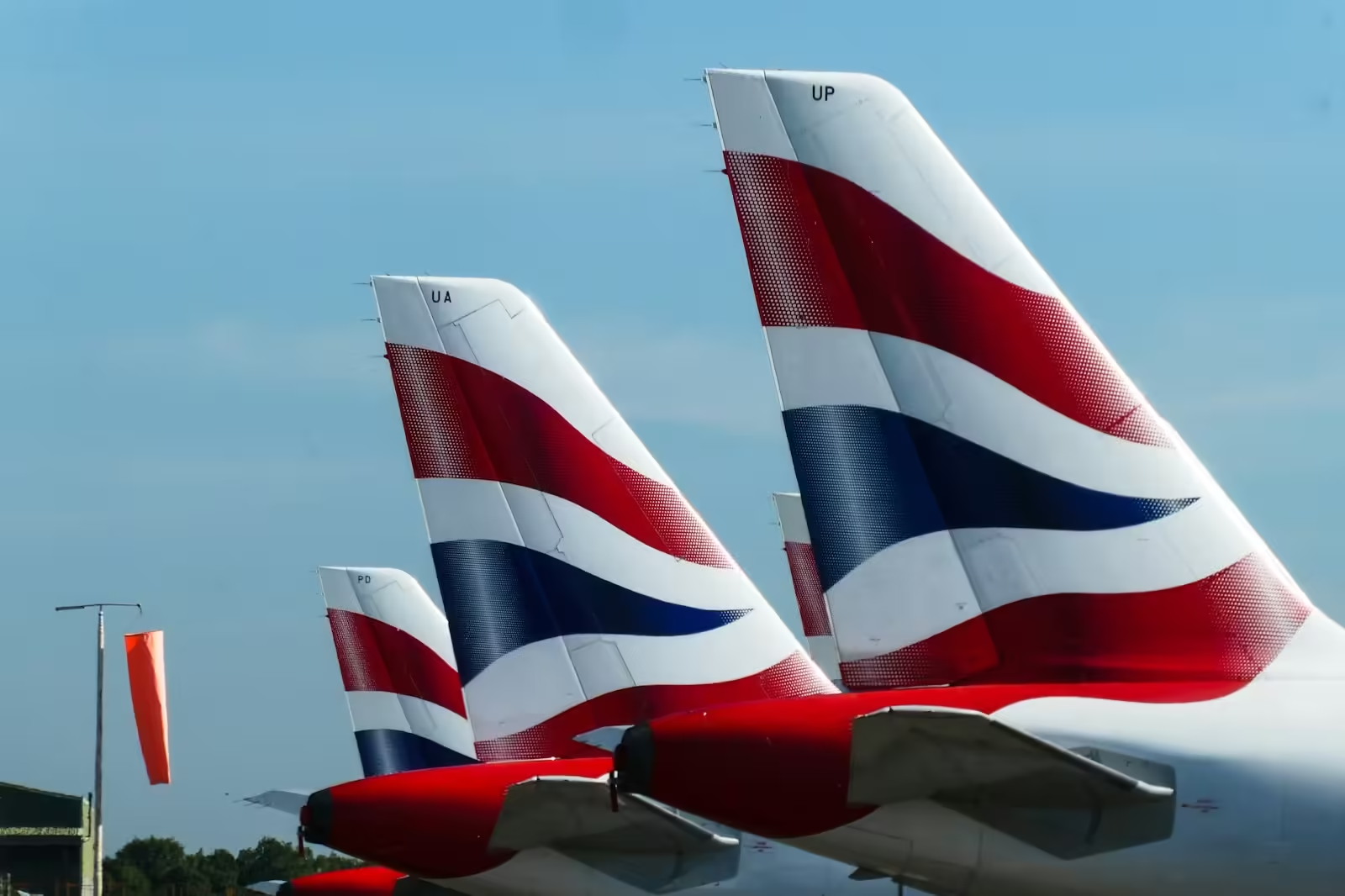
Table of Contents
Summary: The YF-118G “Bird of Prey” was a stealthy experimental aircraft developed by Boeing’s Phantom Works in the early 1990s.

-It was designed to test low observability and radar evasion, which helped develop technology for contemporary stealth aircraft such as the F-22 and F-35.
The estimated $67 million single-seat plane has unique design features including gull-shaped wings and no tail section.
-Despite only a few dozen flights, the Bird of Prey served as a model for the rapid prototyping process and influenced the design of later aircraft.
YF-118G Bird of Prey: The Stealth Pioneer
The F-22 and F-35 fighter jets produced in the United States were built from the stealthy and semi-stealth YF-118G. It paved the way for modern airplanes. The YF-118G, also known as the “Bird of Prey”, was flown only a few dozen times.
But the Bird of Prey still deserves credit for its significant services to the US military.
In particular, the airframe demonstrated that low observability threshold and radar evasion characteristics could be implemented in fighter aircraft.
Establishing U.S. Air Superiority
Boeing’s Phantom Works produced the Bird of Prey in the early 1990s. Acting as the company’s division for advanced prototyping, it gave top priority to the creation of sophisticated military equipment. Due to its futuristic appearance and resemblance to a Klingon ship from the science fiction television series Star Trek, the YF-118G was given this moniker. The engineer in charge of Bird of Prey’s development was Alan Wechman. Weichmann worked at Lockheed Martin on the Have Blue, F-117 Nighthawk, and Sea Shadow programs.
The Bird of Prey single-seat jet cost about $67 million, which was not too expensive for such an advanced feature. Using off-the-shelf components was what Weichmann’s team made the jet so cheap to produce. With a top speed of 300 miles per hour and a ceiling of 20,000 feet, the jet was powered by a single Pratt & Whitney JT15D-5C turbofan that produced more than 3,000 pounds of thrust. The stealthy nature of the airframe was facilitated by its innovative design. A bird of prey lacks a tail and has sharp, gull-shaped wings. The airframe was the same length as the F-16.
YF-118G – A Model Aircraft
The Phantom Works team used a rapid prototyping technique that was new at the time and contributed to lower production costs.
According to Sandboxx, “The Phantom Works team used computers to aid in their design work, instead of designing physical prototypes, testing them, modifying them, and fielding new prototypes for further testing, to simulate performance according to the best computing capabilities of the time.”
They were therefore able to produce prototype parts that were significantly more similar to the final product than would have been possible with earlier methods.
Three years after its final recorded flight in 1999, the Bird of Prey was declassified. Boeing used the airframe design for other aircraft, despite its short life. Some features of the Bird of Prey were used in the X-32 Joint Strike Fighter prototype and the X-45A unmanned combat air vehicle concept.

Despite Boeing classifying the aircraft design, some features of the Bird of Prey are still unknown because it is now considered an industry standard.
More features of the Bird of Prey will emerge as America’s major defense contractors introduce more advanced, stealthy airframes.
About the Author: Maya Carlin
Maya Carlin is an analyst with the Center for Security Policy and a former Anna Sobol Levy Fellow at IDC Herzliya in Israel. She has by-lines in many publications, including The National Interest, Jerusalem Post, and Times of Israel.
READ | A Russian submarine accidentally self-destructs with its own torpedo
READ | Airplane wings are bent upwards; why? 3 Reason of That.


2 thoughts on “YF-118G: A History of Stealth Plane You’ll Never Forget”